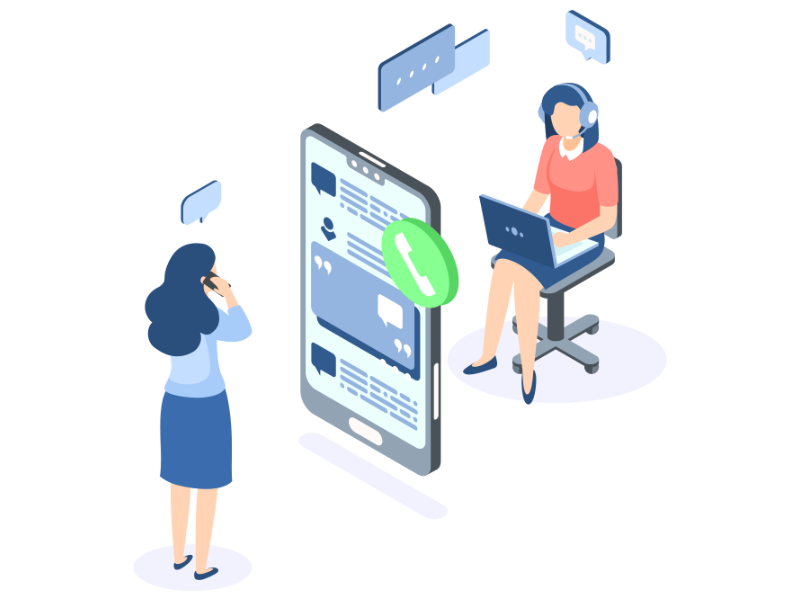Ring Groups
A Ring Group is a function that allows you to have numerous phones ring at the same time when a single extension or number is dialed. The ability to distribute incoming calls across personnel is a fantastic tool for any company looking to expand its reach. It is frequently used to efficiently route calls to specific departments, such as sales, customer service, and accounting.
Phone system ring groups enable your employees to be more productive while reducing the number of times customers are on hold. You have several options for forwarding calls when all of the users associated with a ring group are unavailable, including overflowing calls to voicemail to email or into an ACD Queue.

How Do Ring Groups Work?

Ring groups are attached either directly to a phone number or they can be added underneath other routing profiles, like IVR Auto Attendant and Line Hunts. When a call is received, all extensions that are associated with the group will ring simultaneously.
The first extension to pick up the call is connected to the caller and the rest of the extensions in the group go back into an idle state, waiting for the next call.
The Benefits of Ring Groups
The benefits of phone system ring groups can help you improve your customer service levels, improve the customer experience, and evenly distribute the workload, ensuring the appropriate employees are on hand to best deal with different types of calls and inquiries.
In conclusion, a ring group is often used effectively in many different companies across the world. Especially ones that have multiple departments and sectors and want to decrease reliance on one person being able to assign calls to the correct extension manually. A good call strategy is vital to supporting your customer service efforts and helping to increase brand trust and reliability.